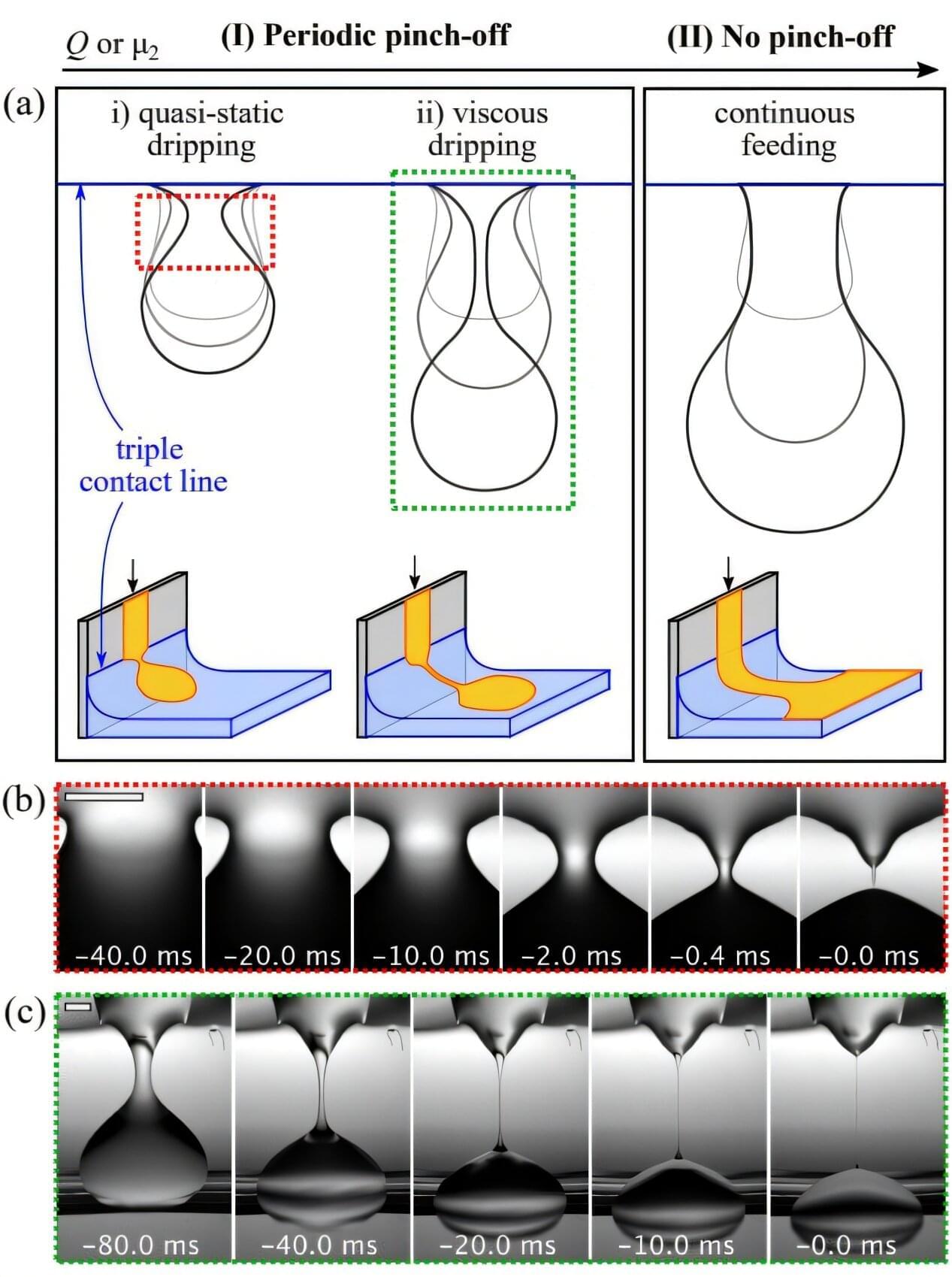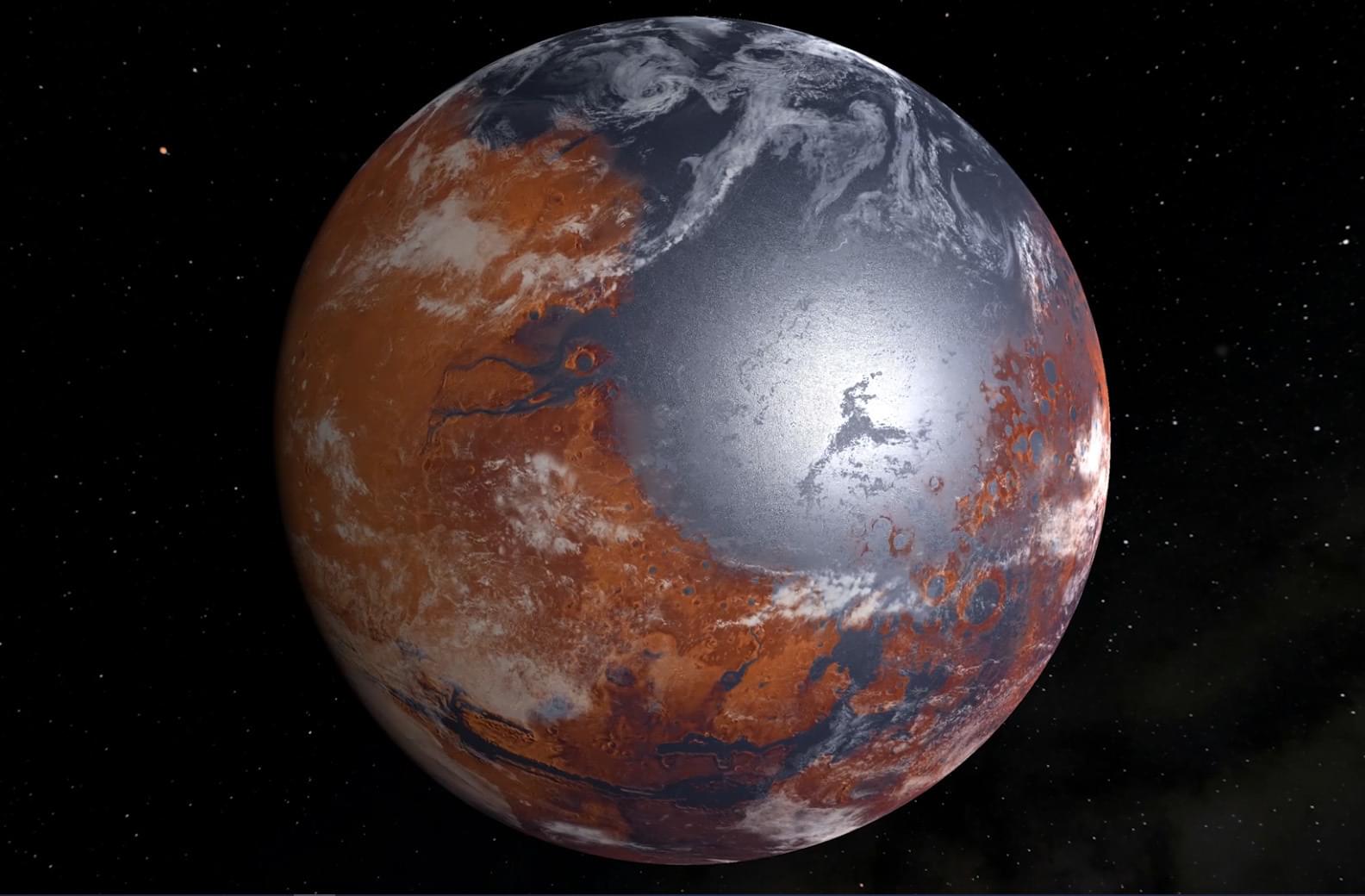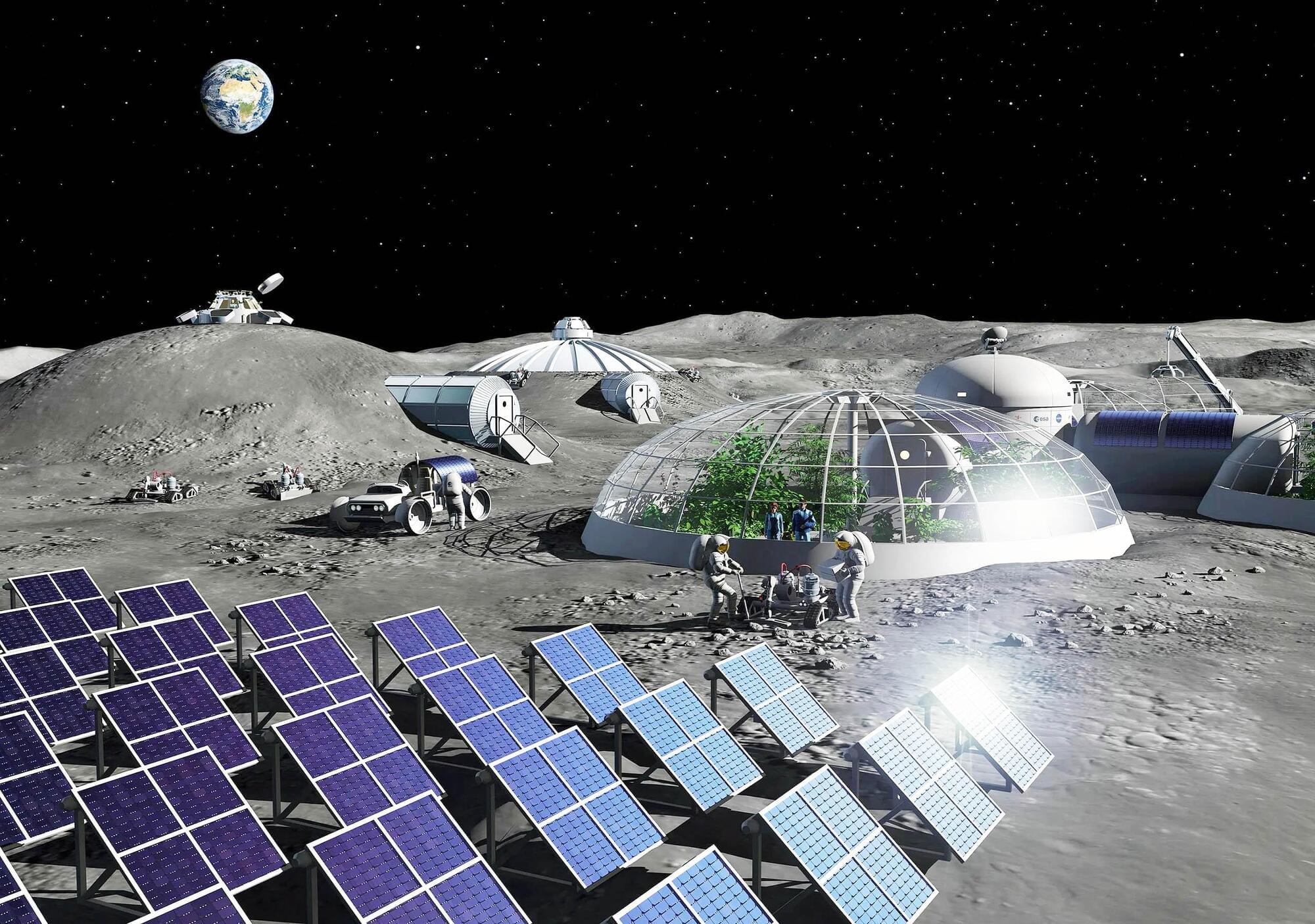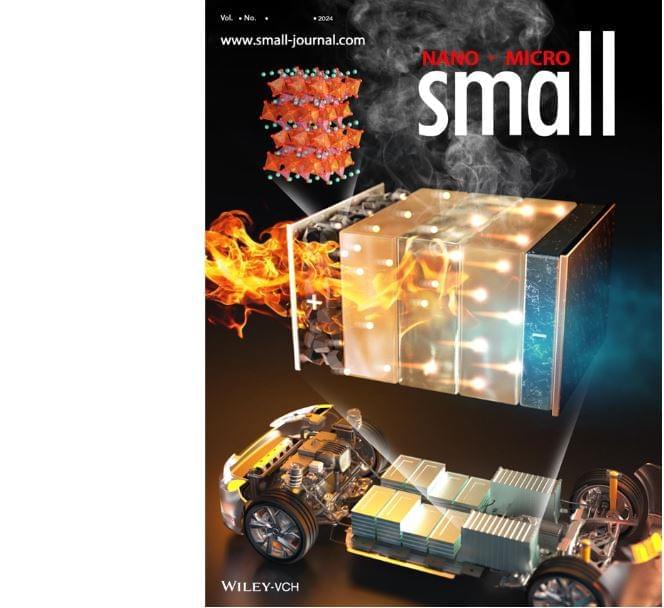A team of researchers from Universidad Carlos III de Madrid (UC3M) has developed an innovative technique that allows the production of regular oil lenses of uniform size on the surface of water in a simple and reproducible fashion. The technique will facilitate the study of the behavior of oily substances dispersed on water surfaces.
This discovery is crucial for understanding the dispersion of some liquids floating on water and could have many applications in oil spill mitigation and the food and textile industries. The study is published in the journal Physical Review Letters.
The initial discovery, according to the researchers, was the result of an “accident” during the preparation of a routine experiment. “We were trying to coat a water surface with a thin layer of oil, but the result was unexpected: Instead of a uniform film, we obtained a series of identical and very small droplets, which aroused our curiosity,” explains Javier Rodríguez, from UC3M’s Department of Thermal and Fluids Engineering.






